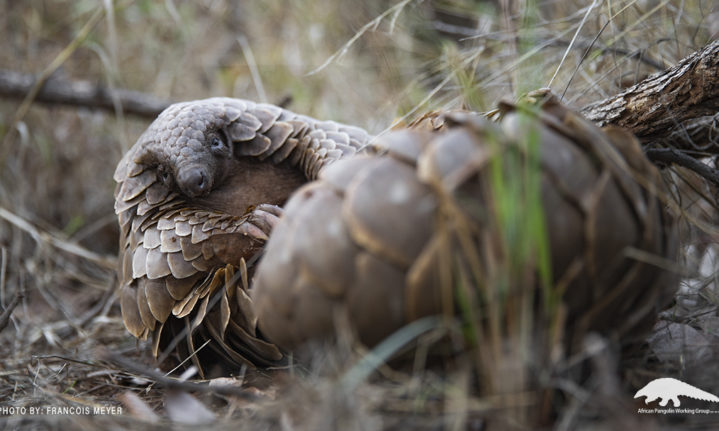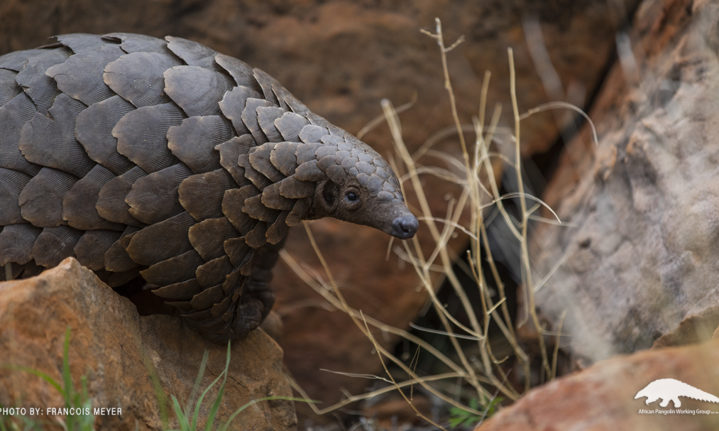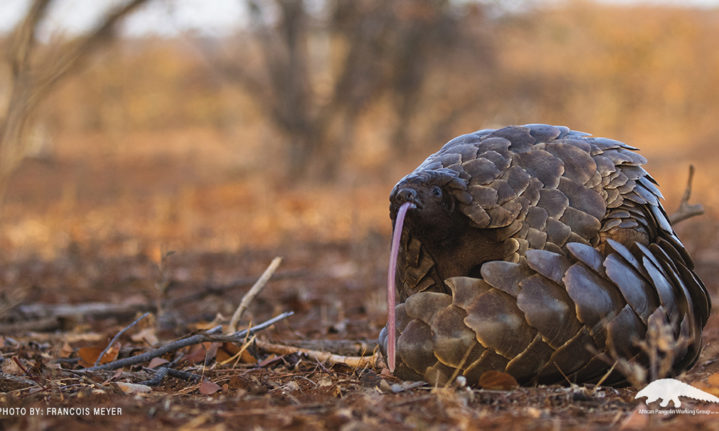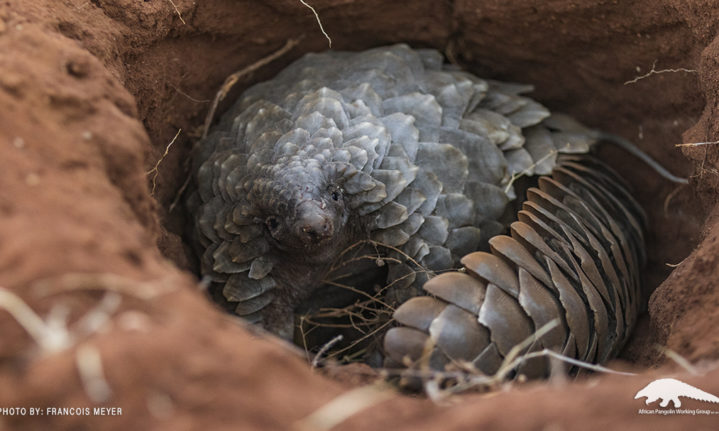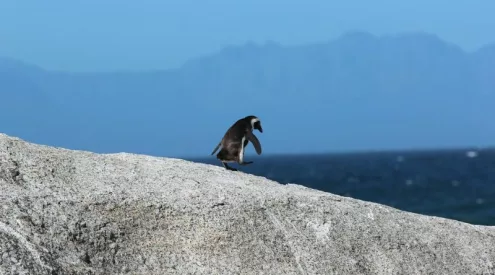African folklore refers to the pangolin as the wise old man of the bush, believing sightings bring good luck and rain. Right now, though, the pangolin needs all the luck to survive.
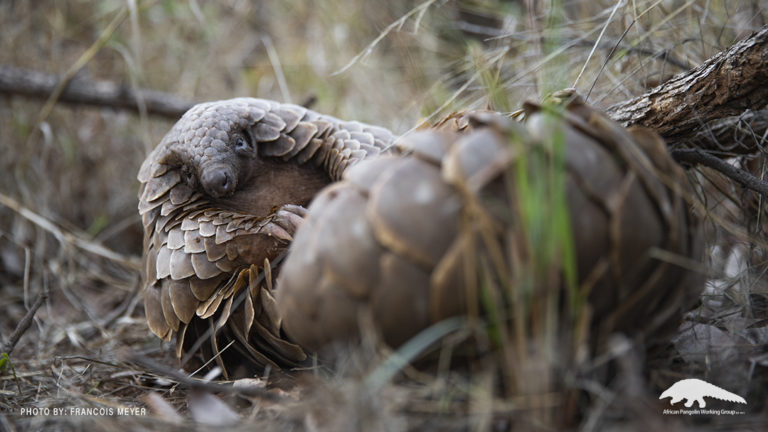
The pangolin has been around for 85 million years, but today is one of the most illegally trafficked mammals (even more than rhinos). Their populations are decreasing, and their conservation status range from vulnerable (Temminck’s and black-bellied pangolin) to critically endangered (Chinese, Sunda, and Philippine pangolins) on the IUCN Red List. They are poached for their scales, which are believed to have medicinal value. Like rhino horn, pangolin scales are made of keratin with no medicinal or magical properties.
Additionally, pangolin meat is considered a delicacy in parts of Asia, and the body parts are sometimes used for spiritual protection and financial rituals.
While it looks like a scaly reptile, it is a mammal. Four of eight species are found in Africa, and four are in Asia. The Temminck’s pangolin is found in the northern parts of South Africa, up to most of East Africa, and into southern Sudan and Chad.
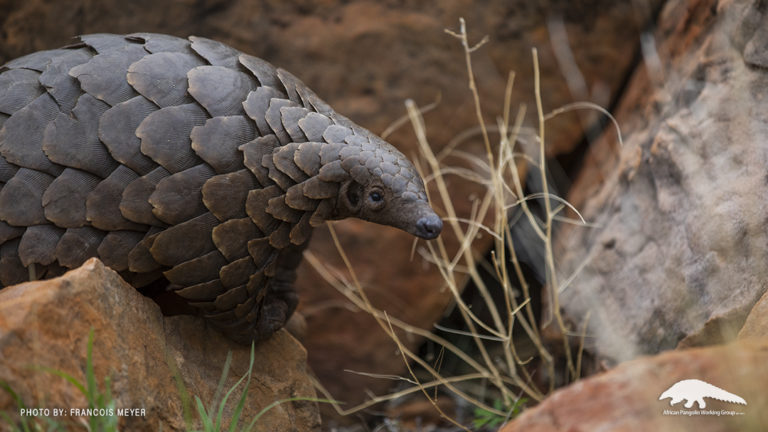
Lapalala Wilderness Nature Reserve is working with the African Pangolin Working Group (APWG) to assist with the release of rehabilitated Temminck’s pangolin. Poached and captive pangolins are often in deplorable conditions and are stressed and in poor health upon arrival at veterinary hospitals authorized to treat them. After going through a rehabilitation process and having veterinary approval, the pangolins are released into a safe and secure wildlife reserve where they can roam freely while still being closely monitored for up to a year. Lapalala is one of these havens where the pangolins get a second chance to be free and thrive.
Veterinary & Research Manager of Lapalala Wilderness, Annemieke Muller, explains, ‘Our dedicated Lapalala team, guided by APWG monitors, records movement, weight changes, and feeding success before permanent release takes place. They love ants, and every stump and hole is thoroughly investigated. There is still much to learn about this species, and it is a special opportunity to observe them closely, thereby adding insight into pangolin behaviour.’
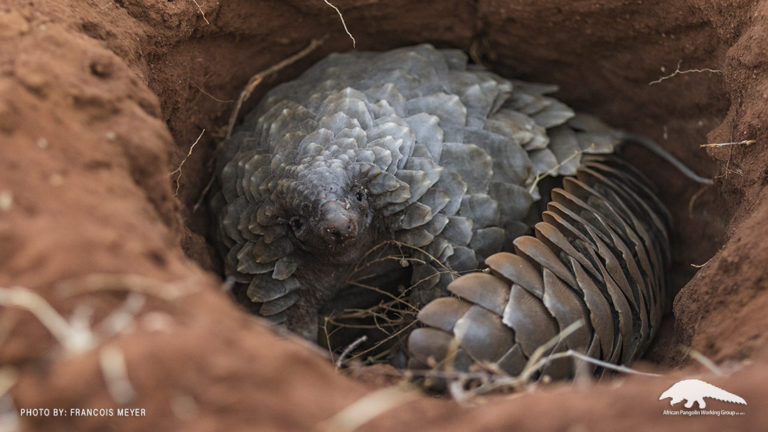
Temminck’s Pangolin Specifications
- The average weight of a mature adult can reach 17 kilograms.
- Although capable of digging their burrows, pangolins prefer abandoned burrows of porcupines, aardvarks or warthogs.
- From head to tail, the average length is 1.2 meters.
- The tongue of an adult pangolin is about 30 cm long.
- The tail is used for balance and self-defence.
- This species is predominantly nocturnal and entirely terrestrial, preferring savannah and woodland habitats.
- Pangolins are solitary creatures, with the pups becoming independent after about five to six months.
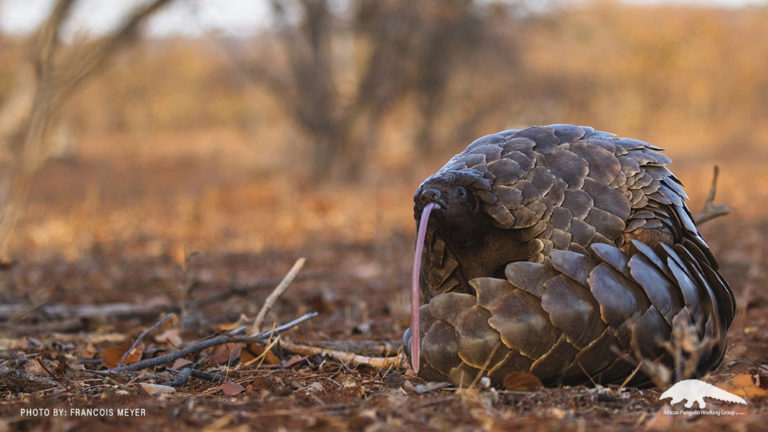
Fun Facts
- Babies are called Pango-pups. The gestation period is believed to be four to seven months, but no one knows. Pups are kept safe deep in the burrow until strong enough to ride on the mother’s tail at around eight weeks old.
- Their tongue is half the length of their combined head and body length to access deep into burrows and termites’ nests.
- Temminck’s pangolins walk bipedally/semi-upright, with their forelegs and tails off the ground. The front legs and sharp claws are used to dig to termites and ants.
- When threatened, the pangolin curls into a tight ball and protects its head and soft scale-free belly.
Pictures: Supplied
Follow us on social media for more travel news, inspiration, and guides. You can also tag us to be featured.
TikTok | Instagram | Facebook | Twitter
ALSO READ: New study shows Aloe plant’s efficacy in fighting malaria parasite









